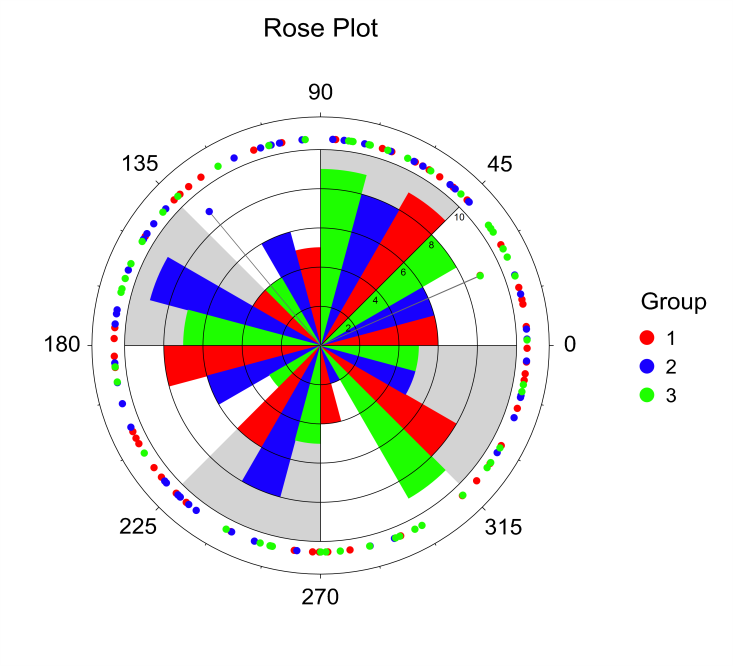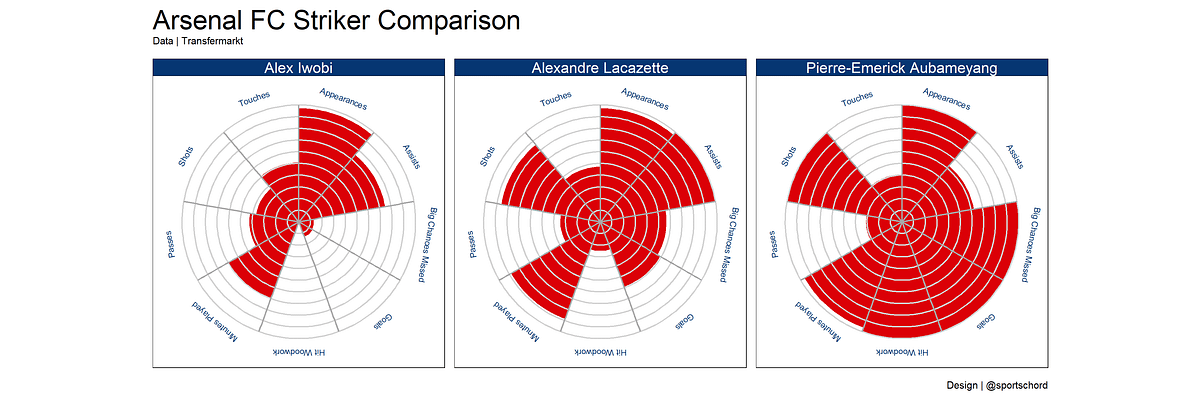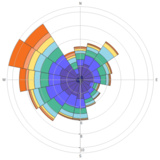
Geom_text(aes(y = lab.ypos, label = prop), color = "white")+ Geom_bar(width = 1, stat = "identity", color = "white") + Ggplot(df, aes(x = "", y = prop, fill = cut)) + Create the pie charts using ggplot2 verbs.Mutate(prop = round(counts*100/sum(counts), 1), To put the labels in the center of pies, we’ll use cumsum(prop) - 0.5*prop as label position. compute the position of the text labels as the cumulative sum of the proportion.compute the proportion (counts/total) of each category.This important to compute the y coordinates of labels. Arrange the grouping variable ( cut) in descending order.Pie chart is just a stacked bar chart in polar coordinates. Geom_text(aes(label = counts), vjust = -0.3) + Adjust the position of the labels by using hjust (horizontal justification) and vjust (vertical justification). geom_bar() with option stat = "identity" is used to create the bar plot of the summary output as it is.dplyr package used to summarise the data.ggplot(diamonds, aes(cut)) +Ĭompute the frequency of each category and add the labels on the bar plot:

#Add frequency axis to rose diagram r code
The R code below creates a bar plot visualizing the number of elements in each category of diamonds cut. The column cut contains the quality of the diamonds cut (Fair, Good, Very Good, Premium, Ideal). Contains the prices and other attributes of almost 54000 diamonds.


Y <- rose.diag(x, bins=18, prop=1.5, shrink=1.To visualize one variable, the type of graphs to use depends on the type of the variable: Y <- rose.diag(x, bins=18) # Points fall out of bounds. X <- rvonmises(n=50, mu=circular(0), kappa=5, control.circular=list(zero=pi/4)) # Generate von Mises data and create several rose diagrams. Rose.diag(x, bins = 18, main = 'Uniform Data') # Some optional parameters may be needed to optimize plots. # Generate uniform data and create several rose diagrams. Since version 0.3-9 the intervals are on the form [a,b). The length of the radii can be controlled by varying the parameter prop.

This ensures that the area of the sector is proportional to the group frequency. The radii of the sectors are by default equal to the square root of the relative frequencies of observations in each group. The circumference of the circle is split into groups, the number of groups specified by bins. ValueĪ list with information on the plot: zero, rotation and next.points.


 0 kommentar(er)
0 kommentar(er)
